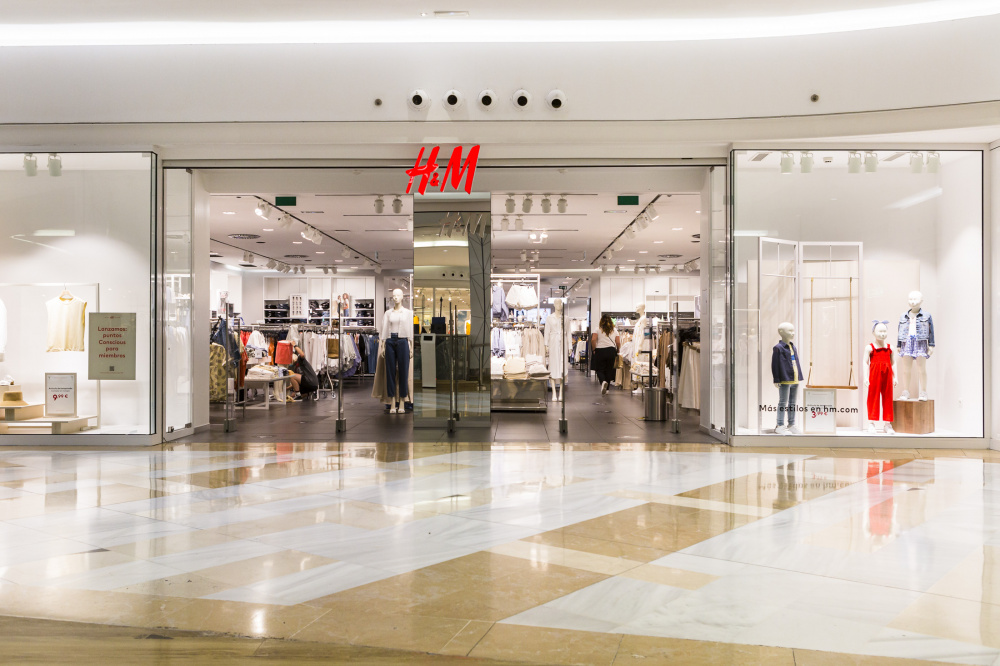
H&M's foray into the world of green finance, marked by its inaugural Green Bond issuance, has attracted significant attention and commendable enthusiasm from the global investment community. This financial milestone, totaling a substantial €500 million (equivalent to $843 million), is an eight-year commitment that falls under the ambit of H&M's established Euro Medium Term Note (EMTN) program. The resonance of this ambitious endeavor reverberates not only within the fashion industry but also in the broader context of sustainable finance.
The proceeds from this Green Bond issuance are slated to be channeled into eligible projects that align with the company's unwavering commitment to environmental stewardship. H&M has strategically chosen to allocate these funds to projects related to the circular economy, green infrastructure development, renewable energy initiatives, energy efficiency enhancements, and sustainable water management, including wastewater treatment. By directing capital towards these sustainability-oriented ventures, H&M is reinforcing its dedication to environmental responsibility.
Green Bond Success and Strategic Alignment
This commitment has not gone unnoticed by investors. In a testament to the compelling nature of this initiative, H&M's Green Bond issuance was met with an overwhelming response. The demand from the investment community surpassed all expectations, with the bond being oversubscribed by more than 3.5 times its original offering. This remarkable level of interest underscores the importance and timeliness of green finance initiatives in the contemporary investment landscape.
Adam Karlsson, Chief Financial Officer of H&M Group, expressed his satisfaction with the resounding success of the Green Bond offering. He emphasized the diverse and extensive international interest it garnered from institutional investors. Mr. Karlsson stated, "We are pleased to have been able to attract strong demand for our inaugural green bond from a large number of international investors.
The transaction extends H&M Group’s debt maturity profile and supports our vision to lead the change towards achieving a circular fashion industry with a net-zero climate impact. We are also happy to see a broadening of our investor base, including several leading green investors, which confirms the ambition of our sustainability agenda." This financial initiative is in alignment with H&M's broader strategy of linking its debt to sustainability targets. The company has been actively engaged in initiatives aimed at reducing emissions and increasing recycling rates. The issuance of the Green Bond is a significant step in solidifying their commitment to these goals.
Strengthening Sustainability Through Strategic Partnerships
H&M's Sustainable Finance Framework, unveiled in August 2023, articulates the company's intention to maximize the synergy between its funding and sustainability strategies. It is a strategic approach that underscores the profound impact of investments made today on the environment and the path they chart toward decarbonization and the transition to a circular economy.
The Green Bond itself will be listed on the regulated market of Euronext Dublin, symbolizing its position in the global financial markets. The issuance of the bond was made possible with the support and expertise of notable financial institutions, including BNP Paribas, ING, J.P. Morgan, SEB, and UniCredit. ING also played a pivotal role in advising H&M on its Sustainable Finance Framework.
H&M's foray into the realm of green finance is not merely a financial endeavor but a testament to the company's vision and commitment to fostering a more sustainable and environmentally responsible fashion industry. It signifies a profound shift toward a more conscientious, ecologically sustainable, and circular fashion ecosystem, a transformative change that has the potential to leave a lasting positive impact on both the industry and the planet.